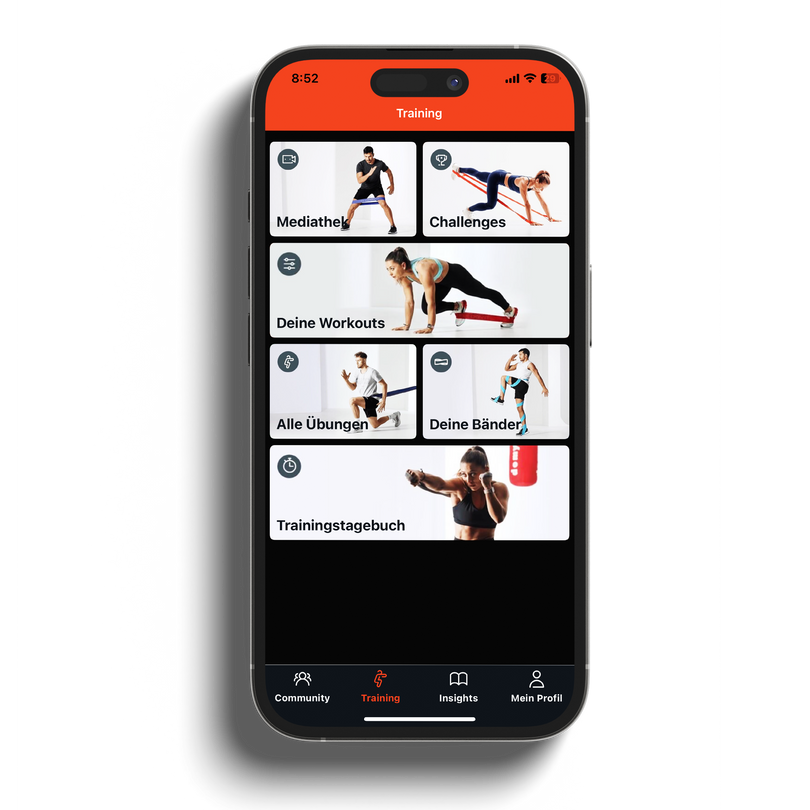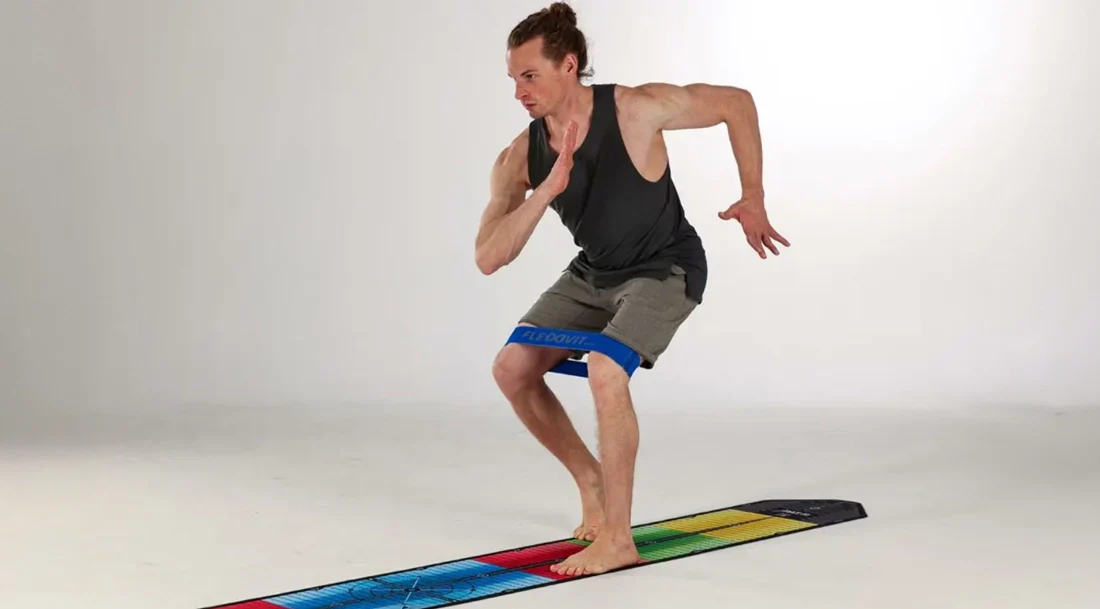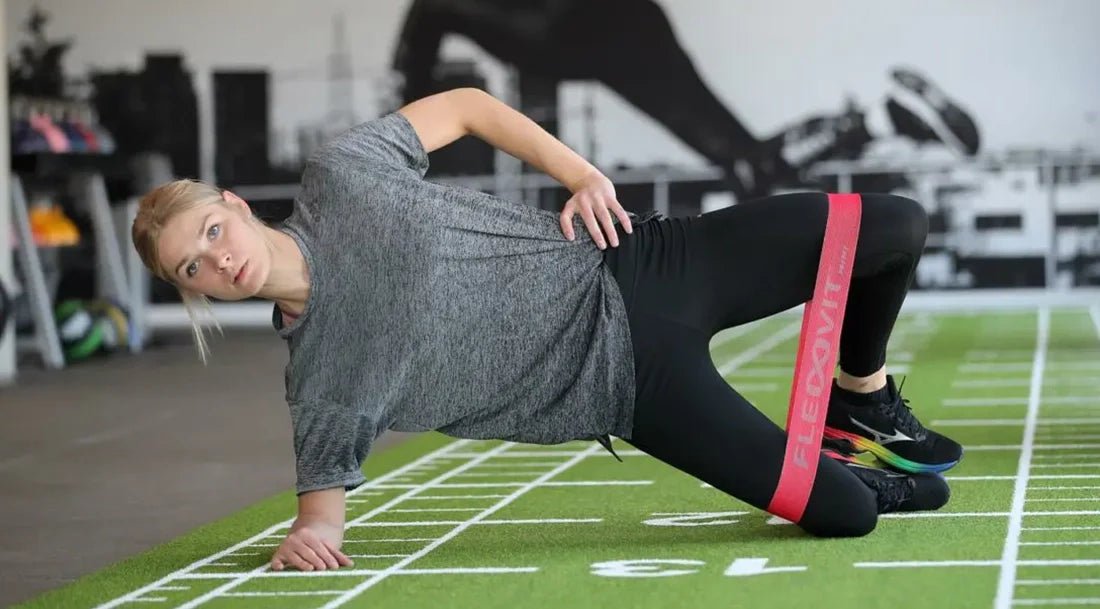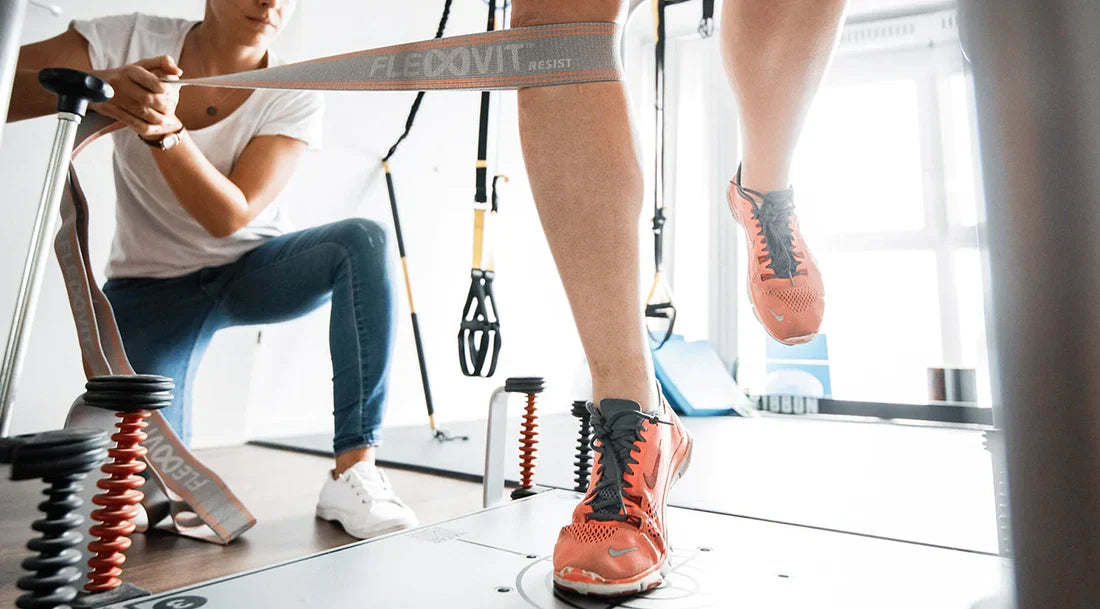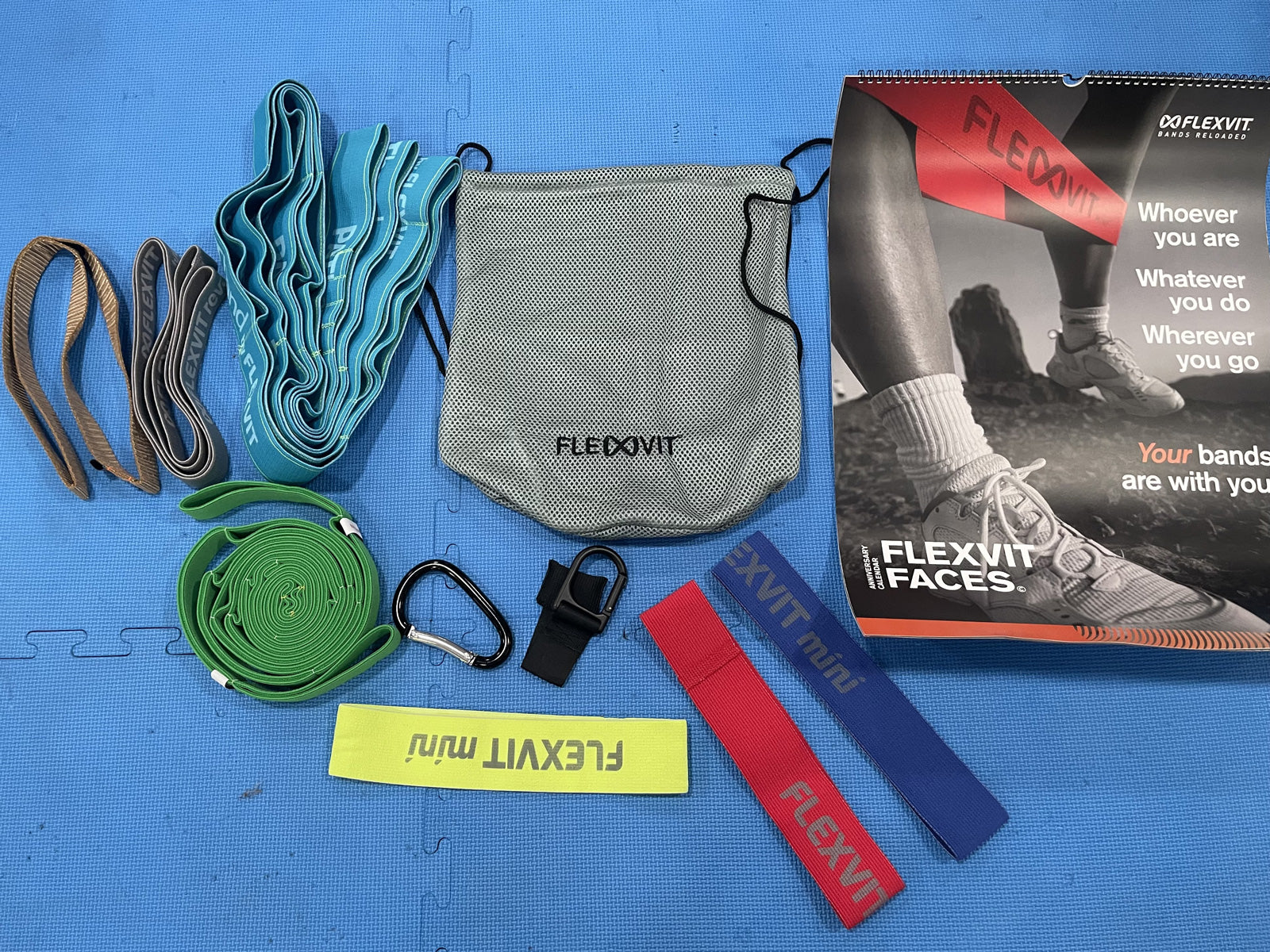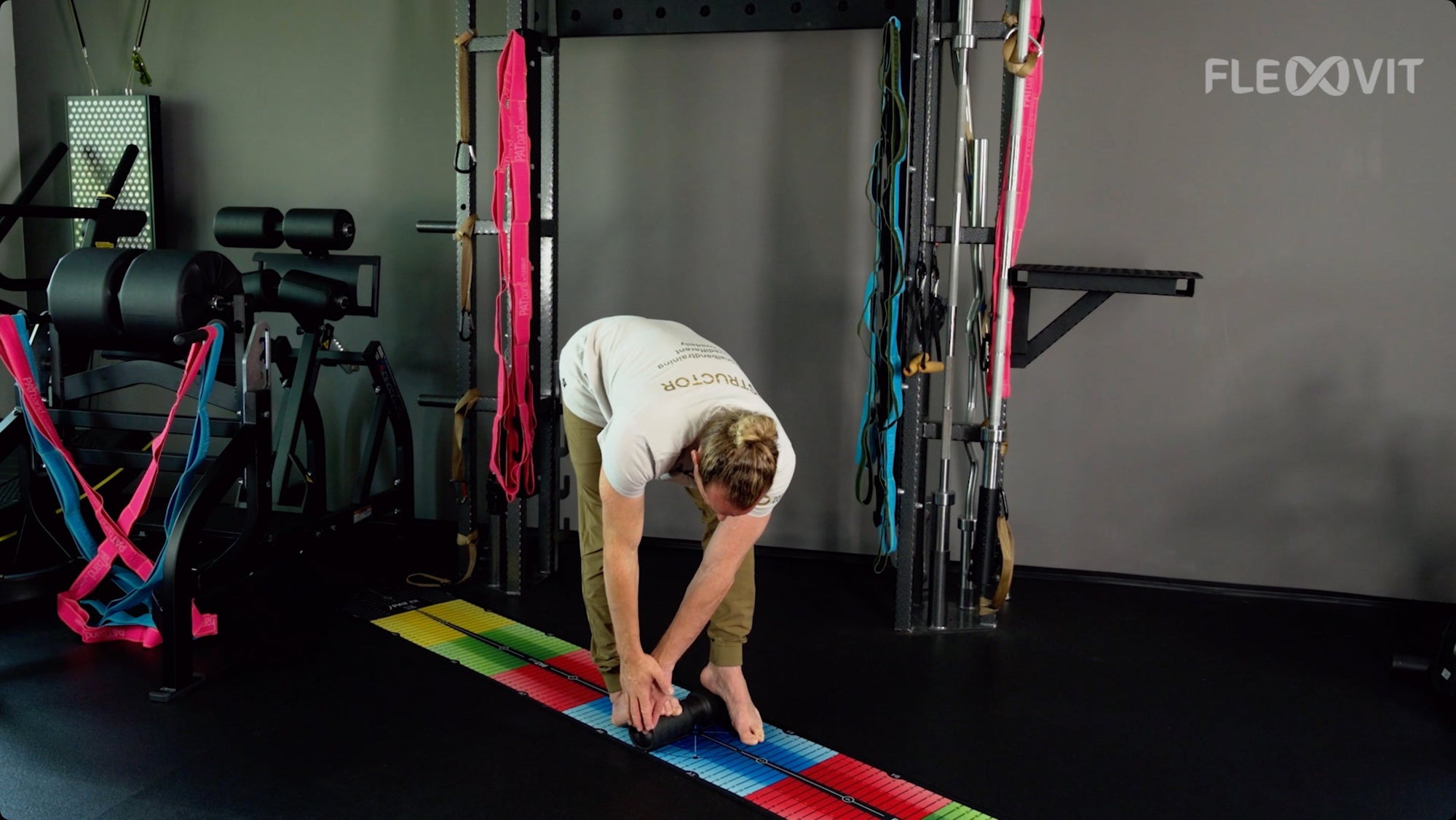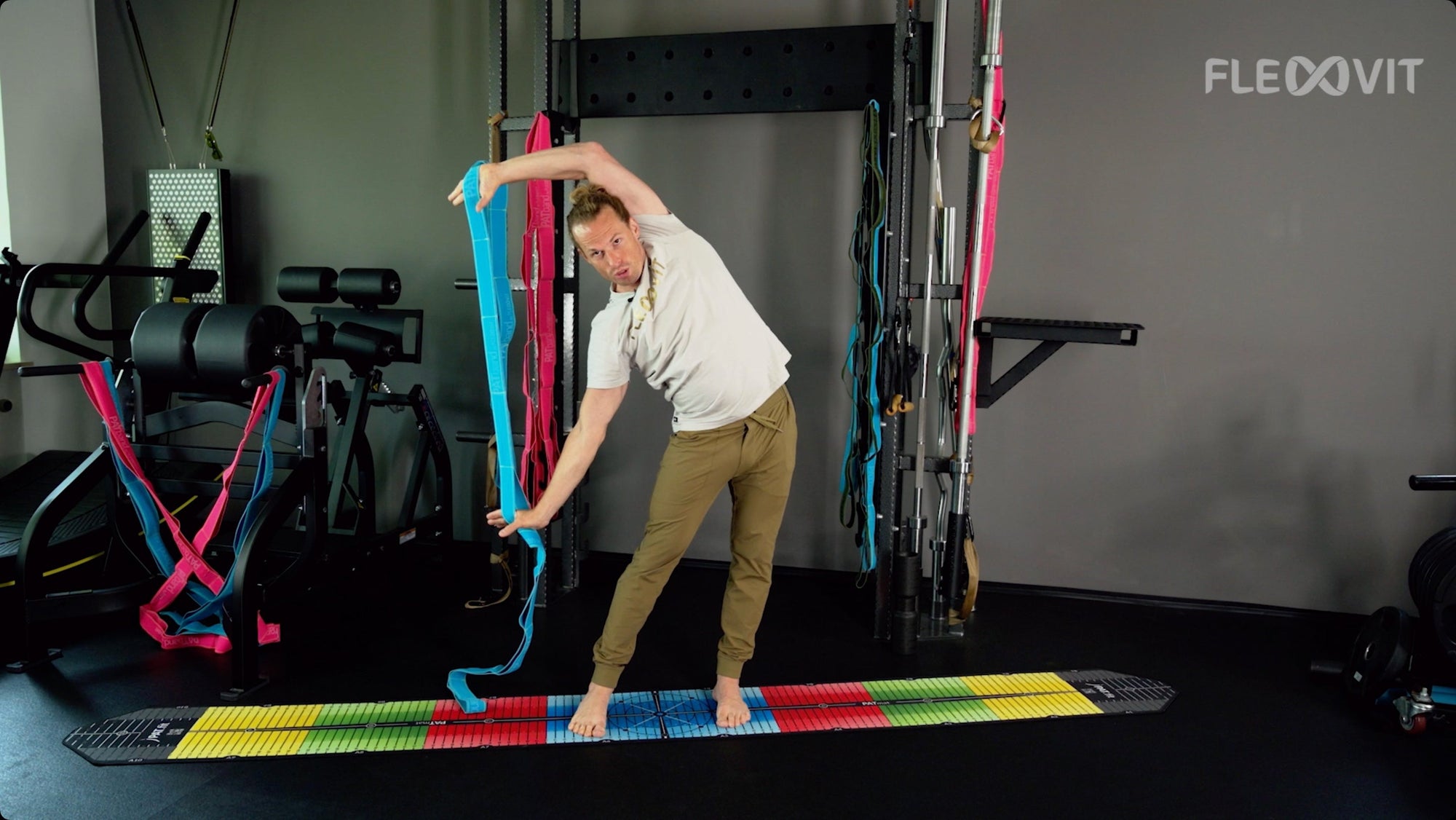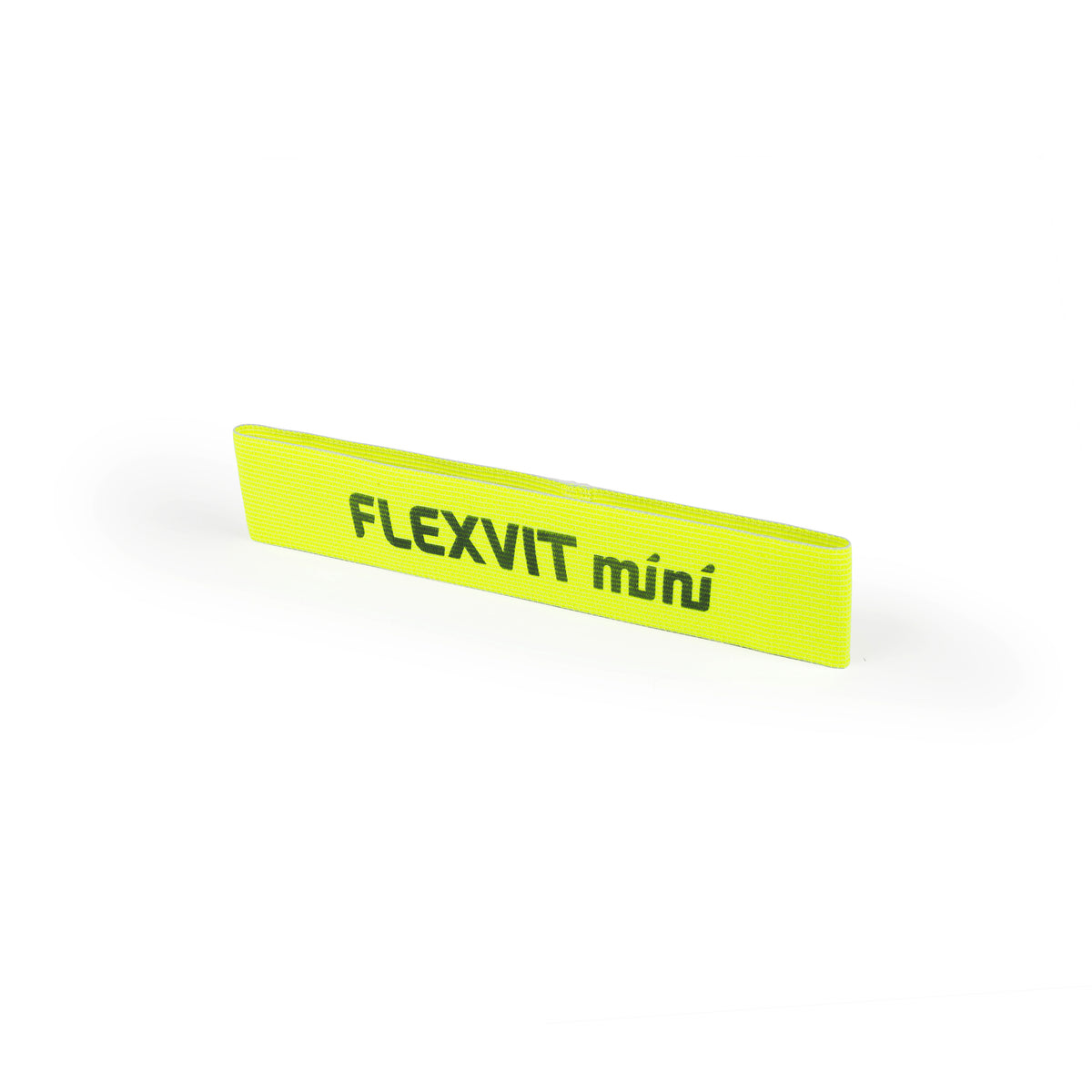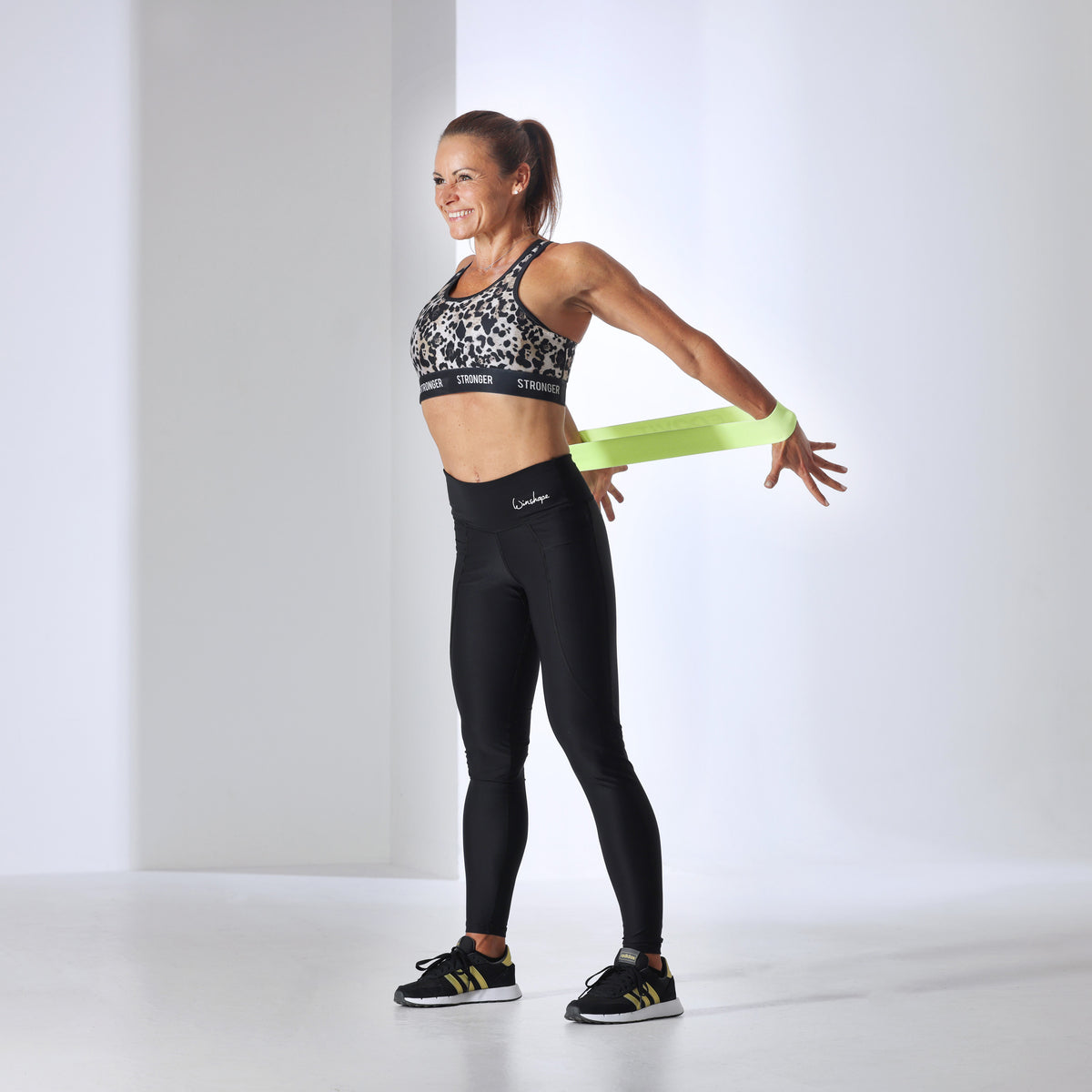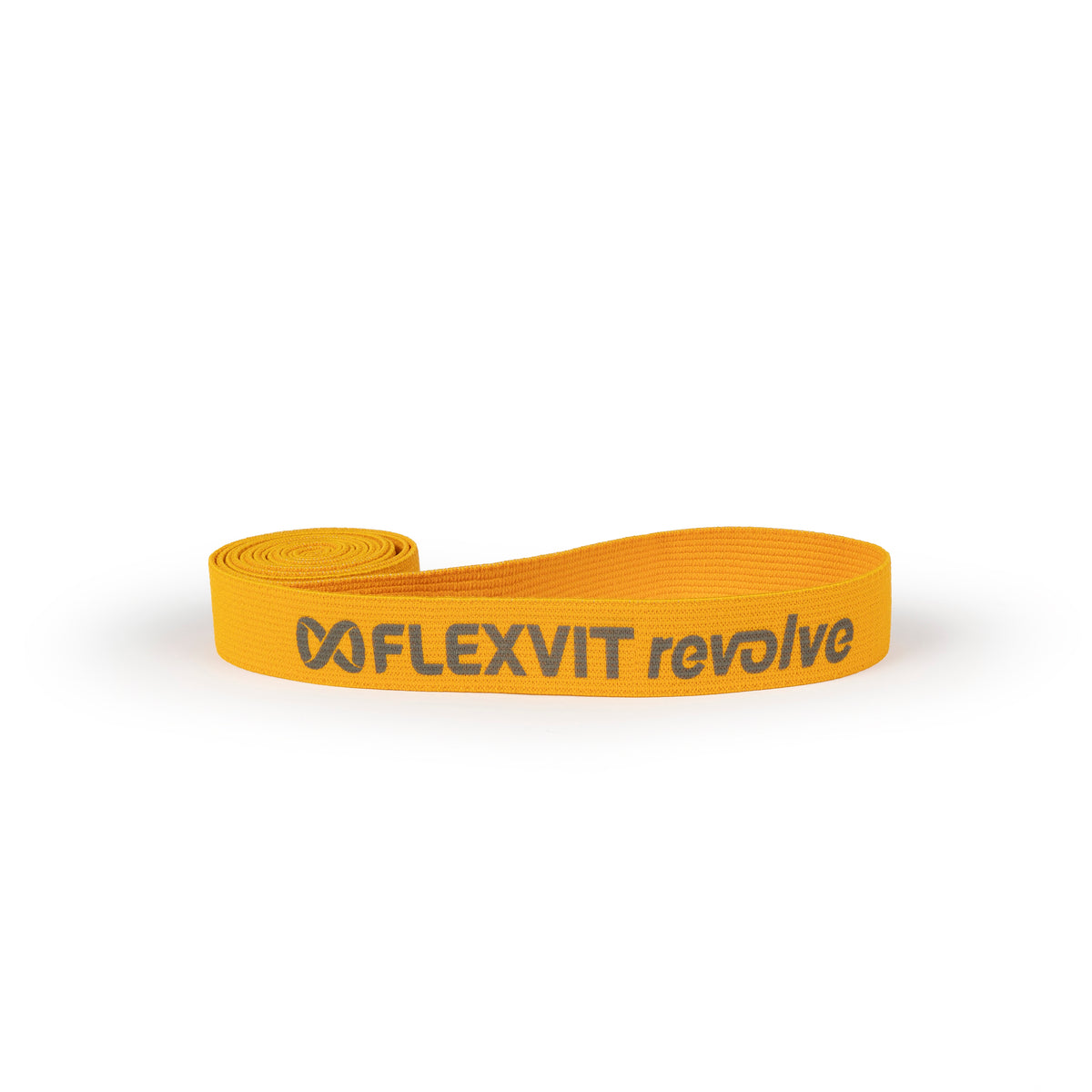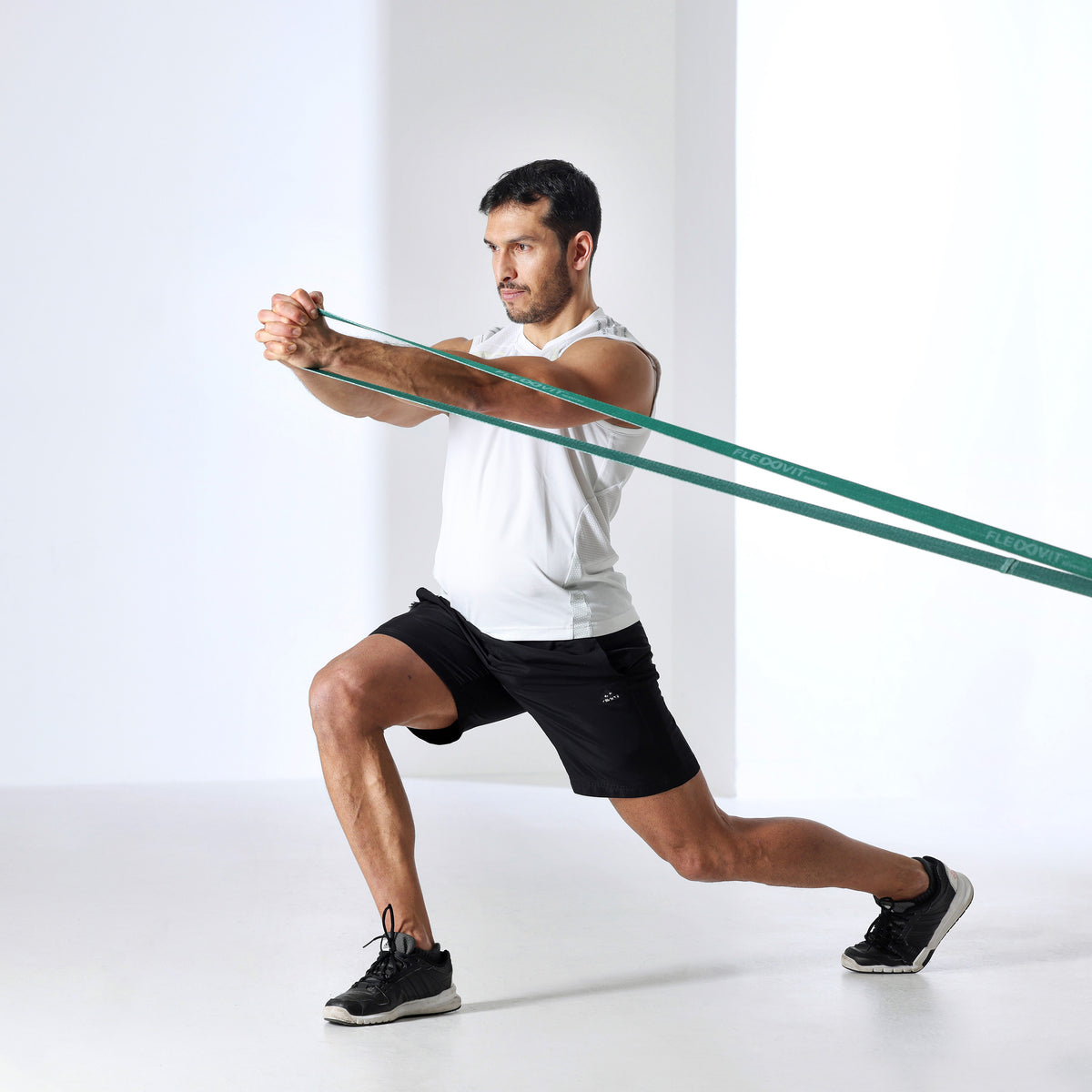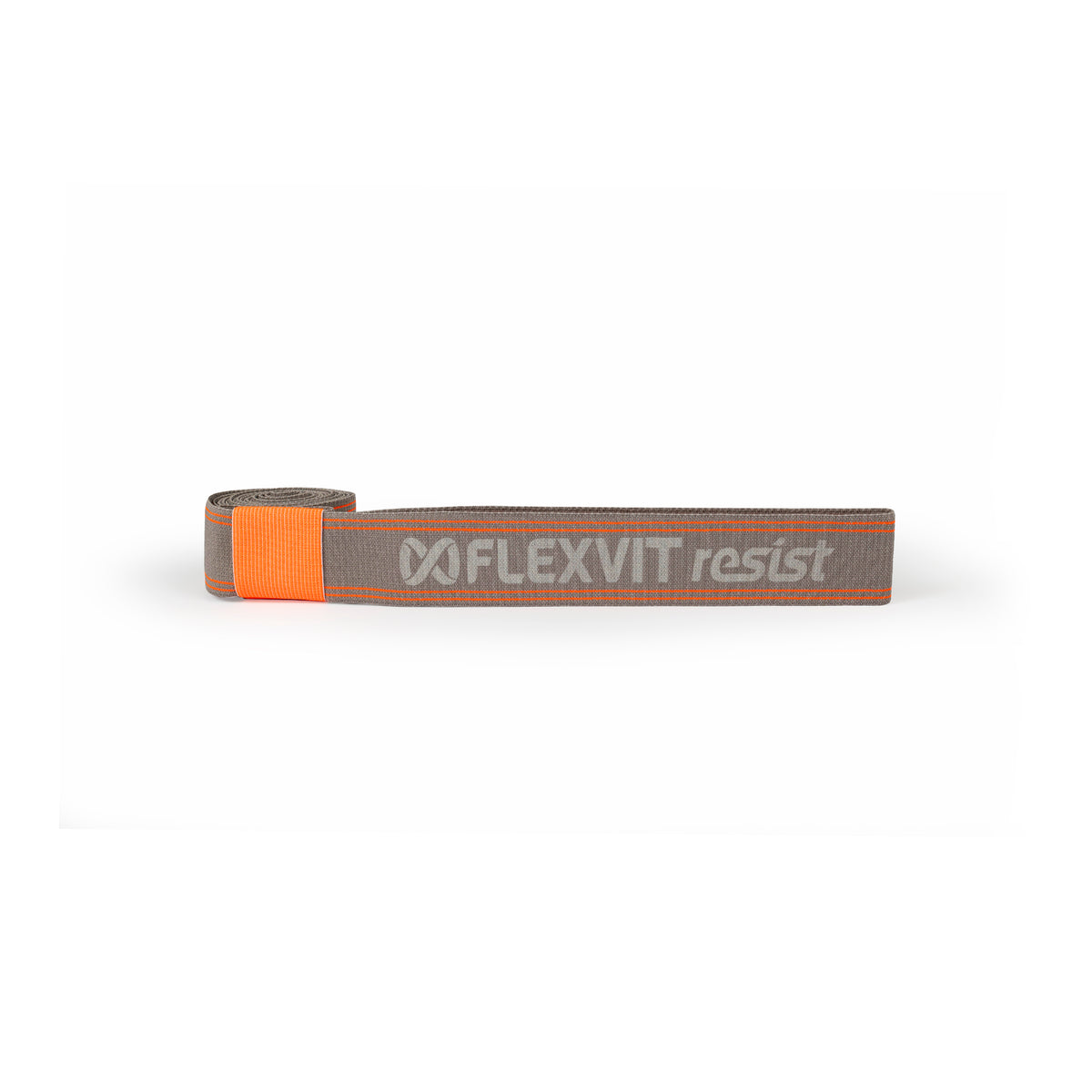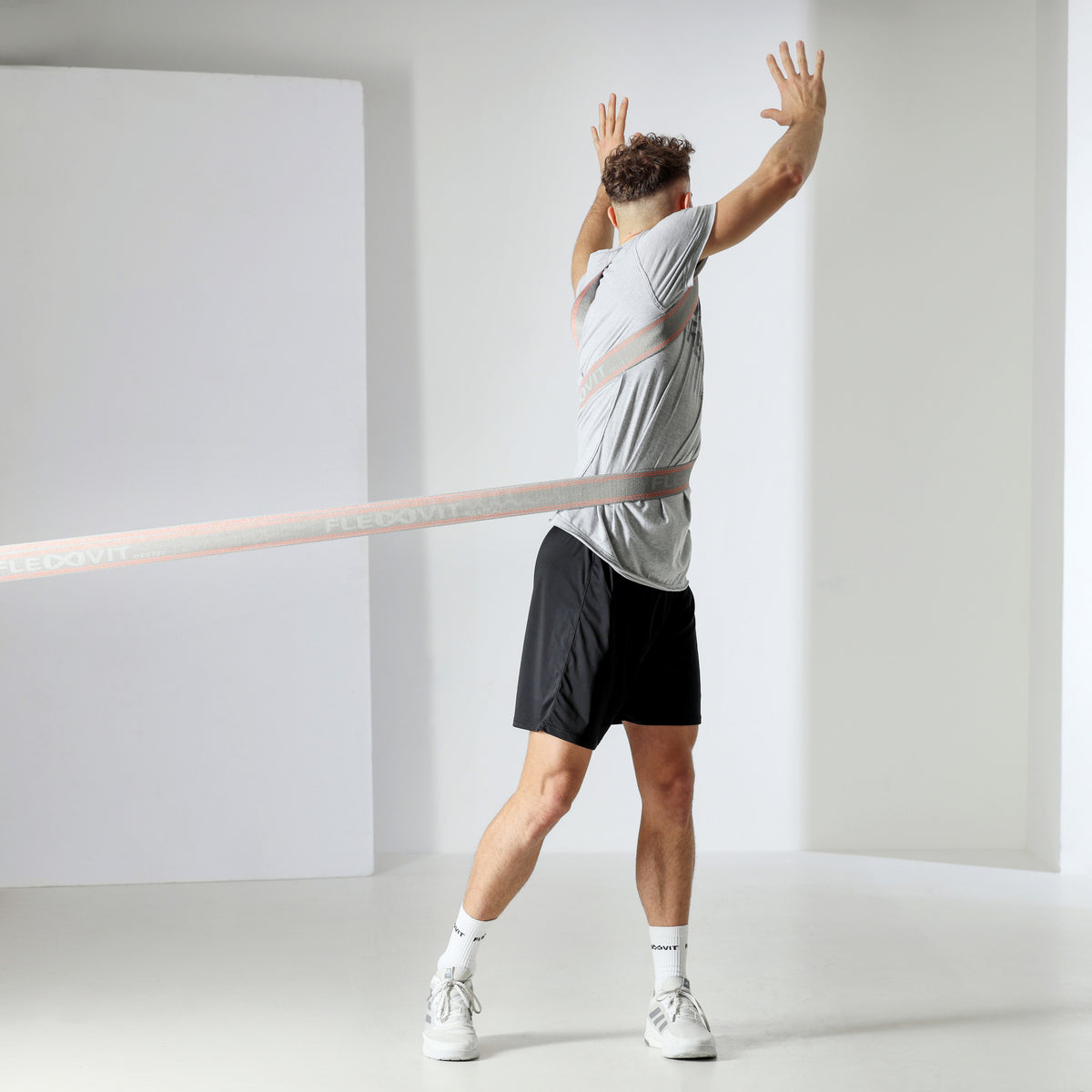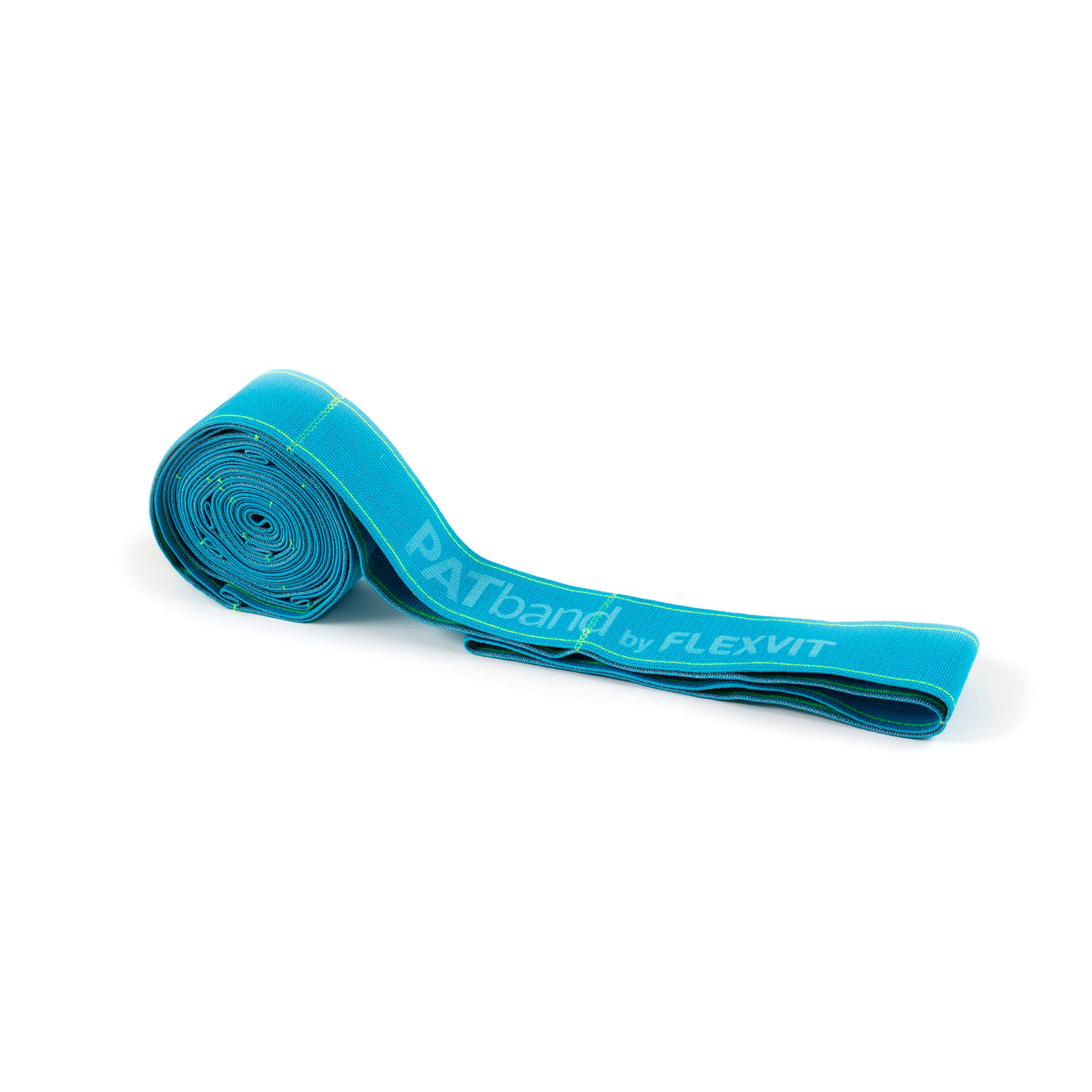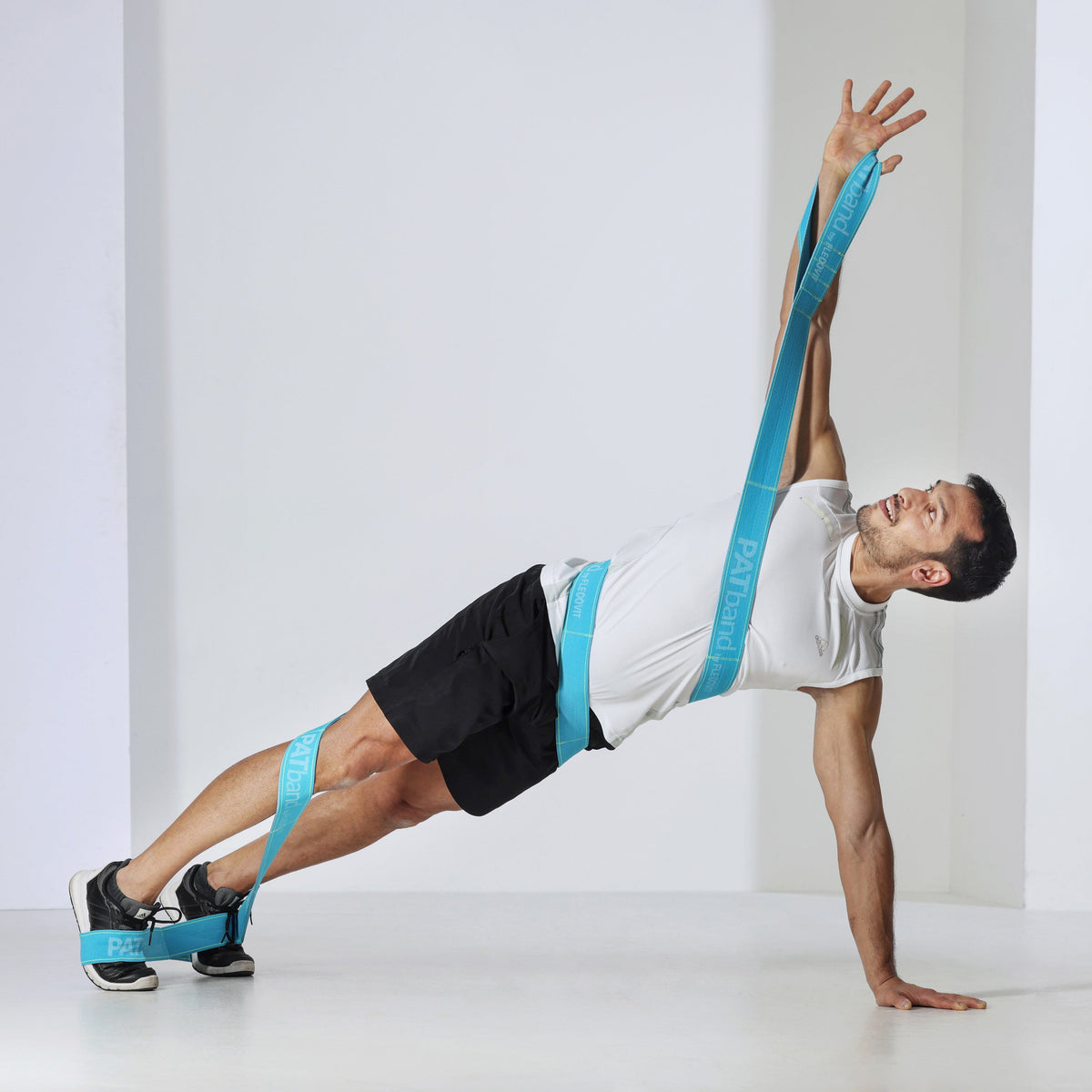Introducing the PATmat - an easy way to perfect rehabilitation and training! The PATmat is a somewhat special training mat. It facilitates training or instruction that may be given by therapists, health professionals, or fitness trainers. The PATmat can be used in training for rehabilitation, injury prevention or even to assess the physical ability of athletes as part of their return to competition.
The PATmat includes ten work zones, five different colors and various scales that serve as visual stimuli and for orientation in order to control and monitor one's own training or that of patients. With a length of 3.30 meters and a weight of less than 2 kg, it is rolled up, compact, easy to transport and very versatile, for a wide variety of analyzes and exercises. Introductory exercises can be called up via the printed QR code.
PATmat and neuromuscular training
Thanks to the variety of visual information provided by the PATmat , the athlete's neuromotor control can be improved. Among other things, the mat supports the concept of “external focus”. What is external focus and why is it useful? It is recognized that athletes benefit from information in the process of motor acquisition by directing attention to specific movements.
An "external focus" of attention is induced when an athlete's attention is drawn to the outcome or effects of a movement. For example, numerous studies have found that an external focus of attention makes motor learning more effective through unconscious or automatic processes. The results of a systematic review clearly showed that the use of instructions with an external focus improves motor performance and movement technique (increased information retention) compared to an internal focus of attention.
The latter occurs when the exercise instructions are directed toward the movement itself, "Bend your knee more when landing." The benefits of external focus are evident in greater angles of knee flexion, shifting the center of mass, lower maximum vertical ground reaction force, and better neuromuscular coordination, while maintaining or improving performance (e.g., jump height, jump distance).

These results are promising as they strike a balance between reducing the risk of anterior cruciate ligament injury (improved movement technique) without sacrificing performance.
By using external focus instructions, motor skills require fewer demands for attention because they are performed in a more automated manner. The PATmat therefore enables the practitioner to develop a variety of different instructions, be it with color zones, numbers or angles.
The PATmat as a milestone on the way back into competition
In the event of an injury, the psychological aspects are just as important as the physical ones. But sometimes the patient does not even recognize his progress over the course of a long rehabilitation period. In particular, mobility gains in non-specific low back pain are sometimes overlooked in favor of increased pain.
Objectification of progress
The PATmat makes it possible to objectify this course, which means that the patient can reliably and precisely recognize the progress of certain types of exercise.
The scales and measurements on the mat make it easier to analyze the results of the tests used as part of a "Return-to-Competition" or "Return-to-Sport". In particular, the "SINGLE LEG HOP TEST DISTANCE" (=SLHD) makes it possible to objectify progress on the path to rehabilitation. This test is also a good performance indicator.

How can the progress of therapy be objectified?
The athlete performs the SLHD with their hands behind their back or with their arms free for a more functional execution of the jump. He stands on the tested leg with his toes behind the yellow zone of the PATmat and with the other leg off the ground while bending the knee. The athlete is instructed to jump as far as possible, taking off and landing on the same foot while maintaining balance for about 2-3 seconds. The test should be performed three times on each leg, alternating the right leg and the left leg. Jump distance (cm) was measured from toe in the take-off position to heel in the landing position using the visual cues attached to the side of the PATmat. If the competitor improves by more than 10 cm between the second and third jump, further jumps should be made until an improvement of less than 10 cm is measured. The measurements are preceded by a test jump.

Use of the SLHD in the rehabilitation of a cruciate ligament tear
Due to its high reproducibility of the measurements and its easy handling, the SLHD is often used in rehabilitation after the operation of the anterior cruciate ligament (Anterior Crucial Ligament Reconstruction, ACLR) for load and functional assessment. In particular, the SLHD is a standard measure for determining improvements in lower extremity function and return to competition in facilities without isokinetic dynamometry .
In post-ACLR rehabilitation, improvement of the “lower extremity symmetry index” (=LSI) in SLHD to 85–90% or more is one of the functional criteria to enable and authorize the patient to participate in sports again.

Training of neuromuscular coordination with the PATmat
The PATmat can also be used as a rhythm scale to work on neuromuscular coordination.
The importance of the work of neuromuscular coordination of the lower limbs:
The ankle and foot are structures that cause frequent injuries in top athletes, such as up to 27% in the NCAA (elite varsity-level championship in American football). (1)
In rehabilitation cases of foot or ankle injuries, rehabilitation programs that emphasize the use of therapeutic exercise to restore range of motion, muscle strength, neuromuscular coordination, and the movement mechanics of gait have been shown to be clinically effective for patients with a variety of foot and ankle injuries (2) .
Summary
The PATmat can be an asset for the health professional as it can support the rehabilitation process, especially in terms of: objectivity of the injured athlete's progression and psychology, training work and neuromuscular coordination, as well as simple and basic testing (and re-testing) for the return to competition.
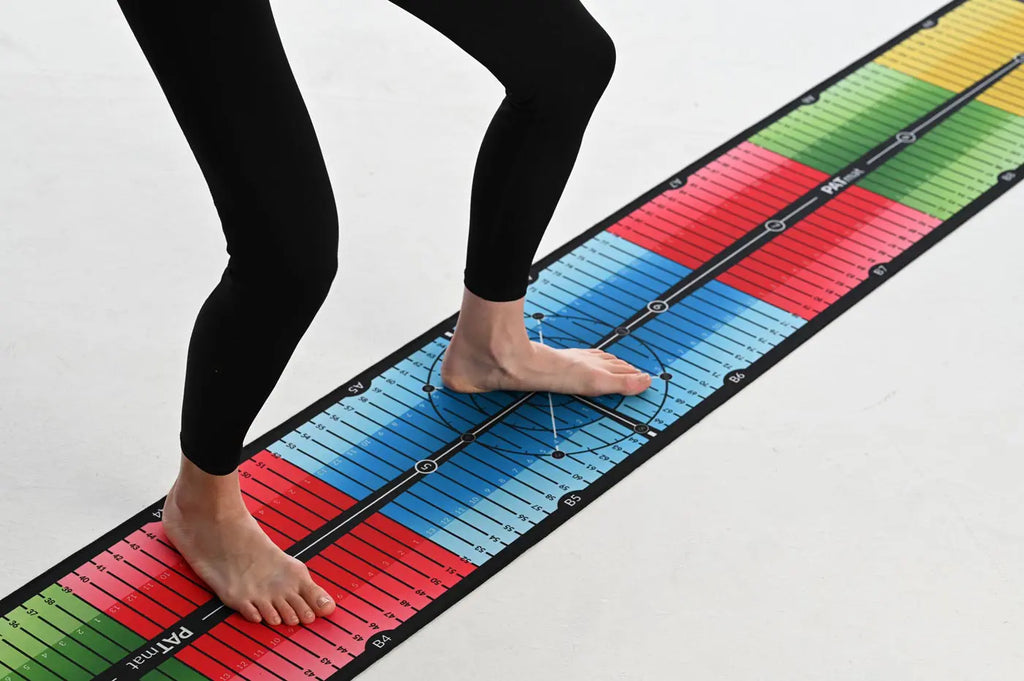
(1) Hunt KJ, Hurwit D, Robell K, Gatewood C, Botser IB, Matheson G. Incidence and Epidemiology of Foot and Ankle Injuries in Elite Collegiate Athletes. Am J Sports Med. 2017 Feb;45(2):426-433. doi: 10.1177/0363546516666815. Epub 2016 Nov 2. PMID: 27802962.
(2) Chinn, L., & Hertel, J. (2010). Rehabilitation of ankle and foot injuries in athletes. Clinics in sports medicine, 29(1), 157-167. ( https://doi.org/10.1016/j.csm.2009.09.006 )
(3) Ohji S, Aizawa J, Hirohata K, Ohmi T, Mitomo S, Jinno T, Koga H, & Yagishita K (2021). Single-leg hop distance normalized to body height is associated with the return to sports after anterior cruciate ligament reconstruction. Journal of experimental orthopedics, 8(1), 26 ( https://doi.org/10.1186/s40634-021-00344-z )
About the authors:
Antoine Fréchaud (left) and Nathan Touati (right) run NeuroXtrain, a website specializing in writing articles and various content on sports science, athlete rehabilitation, performance and new technologies for athlete health. 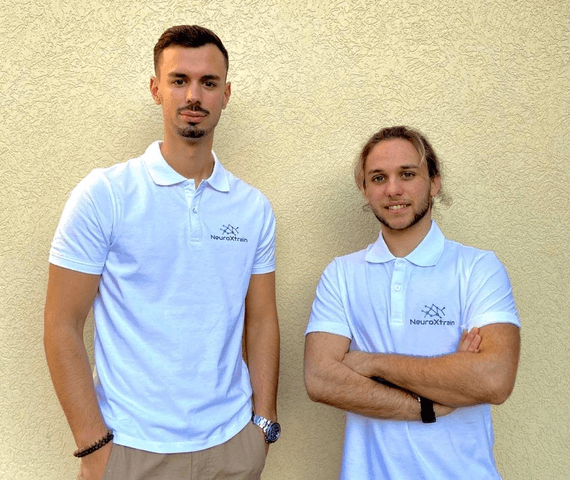
Instagram | Facebook | LinkedIn

DISCLAIMER: This content (the description, images and videos) does not constitute medical advice or treatment plan and is intended for general educational and demonstration purposes only. This content should not be used to self-diagnose or self-treat any health, medical, or physical condition. This content cannot replace professional advice or a doctor's visit. Before exercises are used to treat specific complaints, a doctor or physiotherapist should always be consulted to be on the safe side.
Prevent injuries effectively now - with the resistance bands from FLEXVIT!

